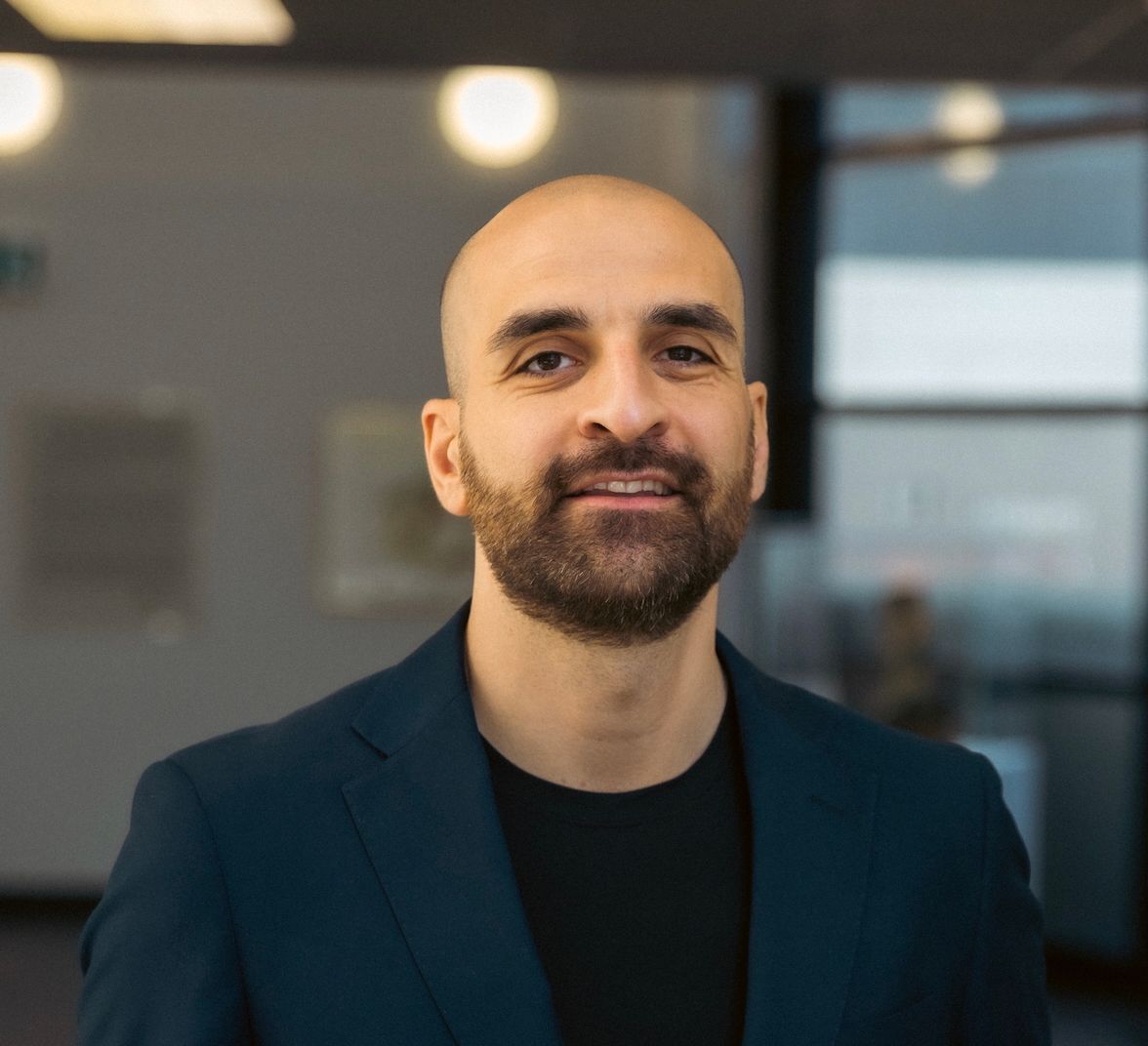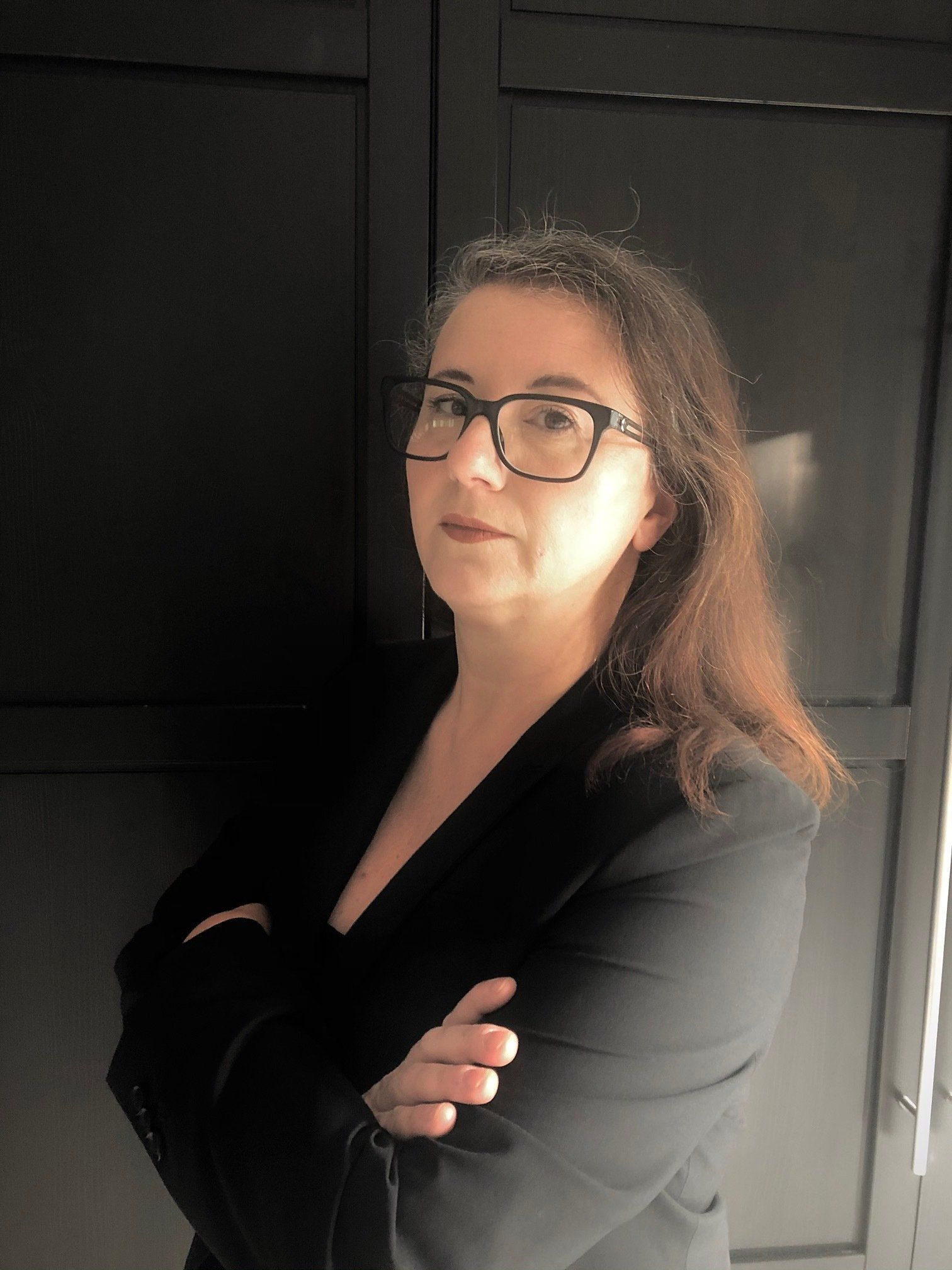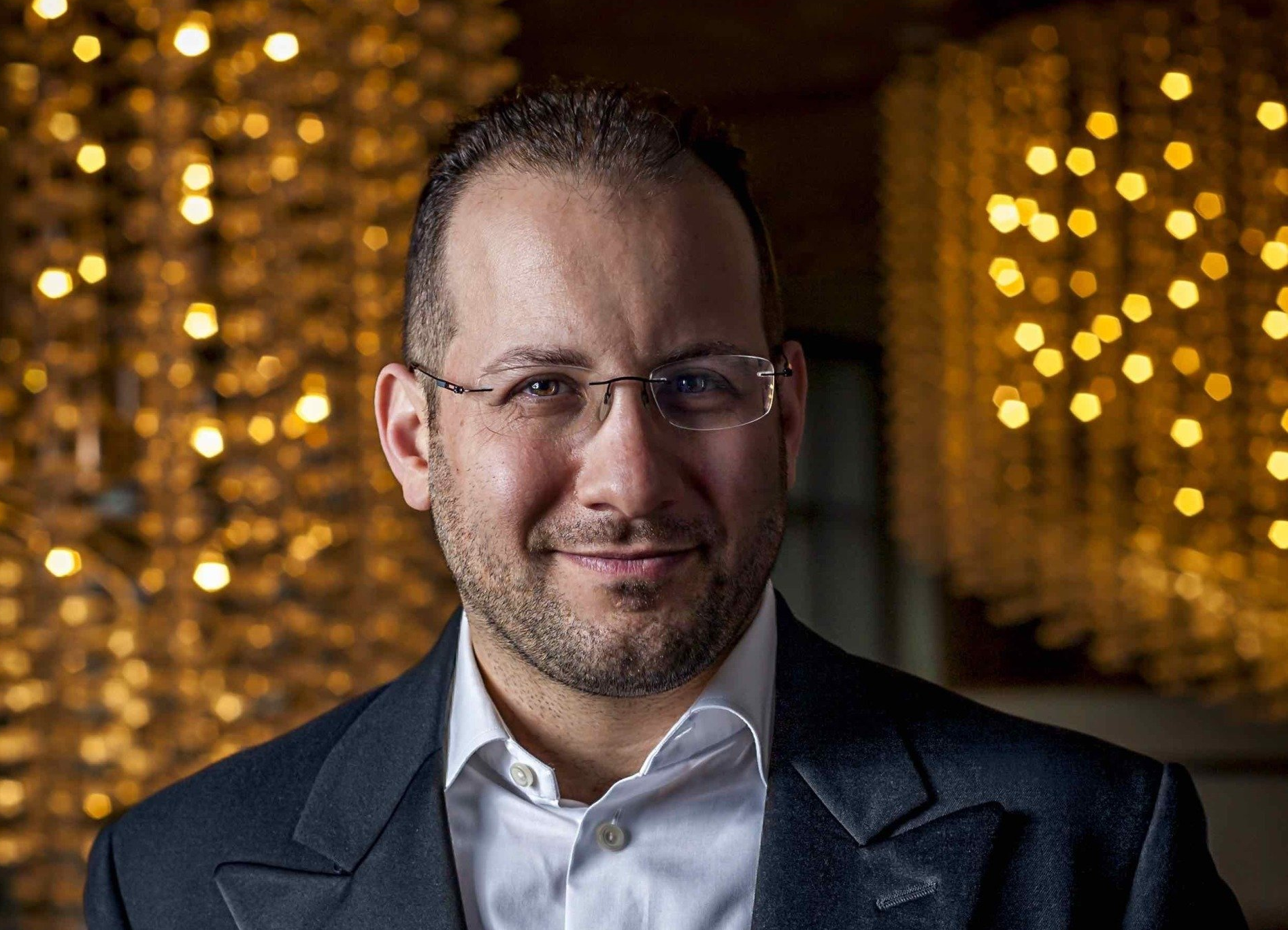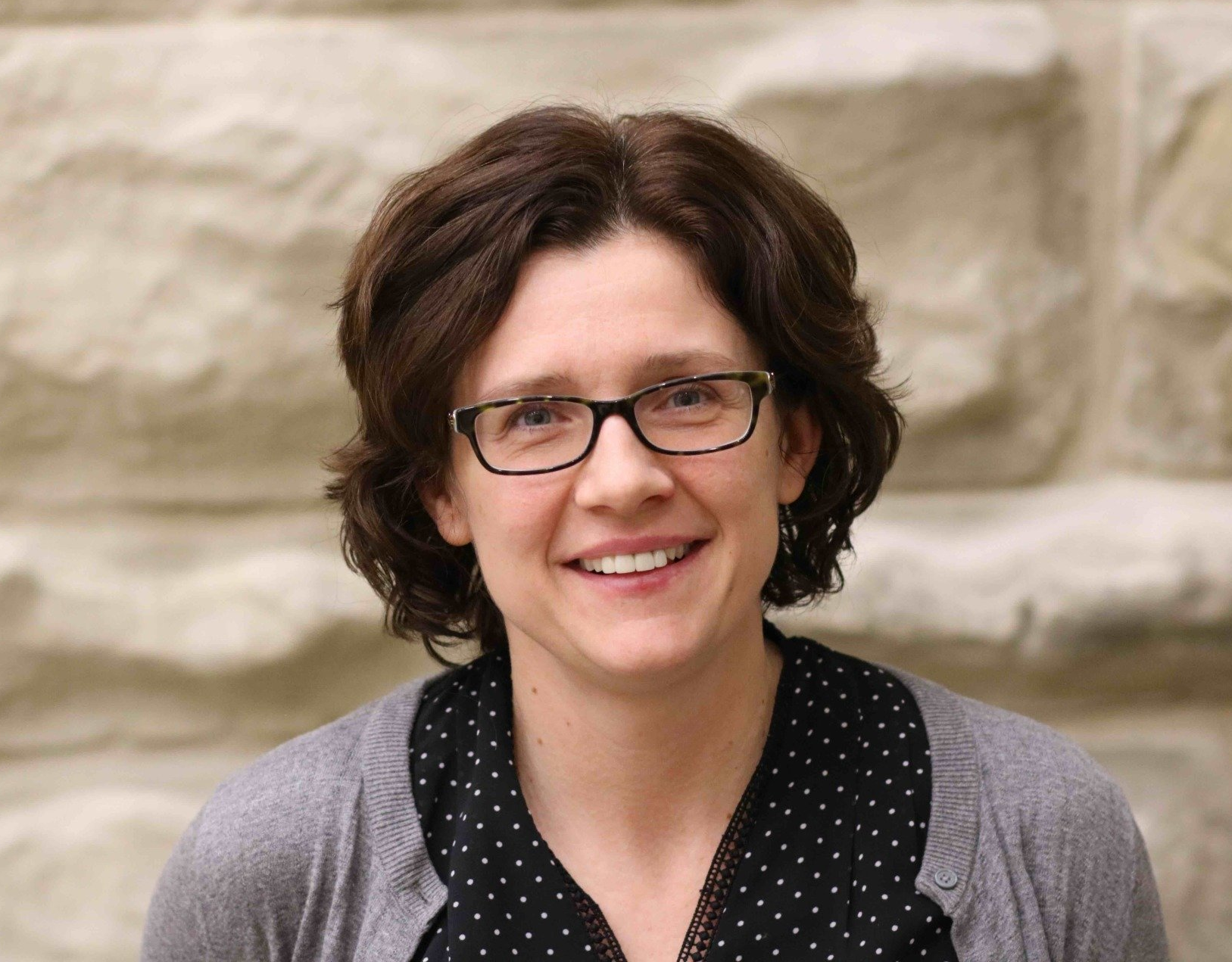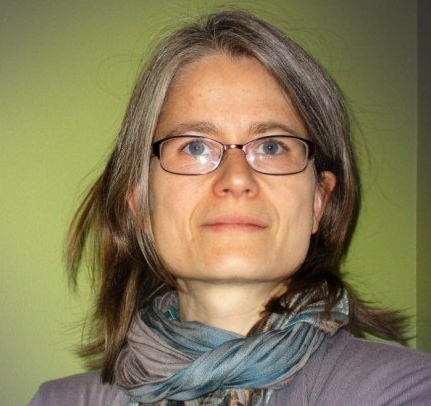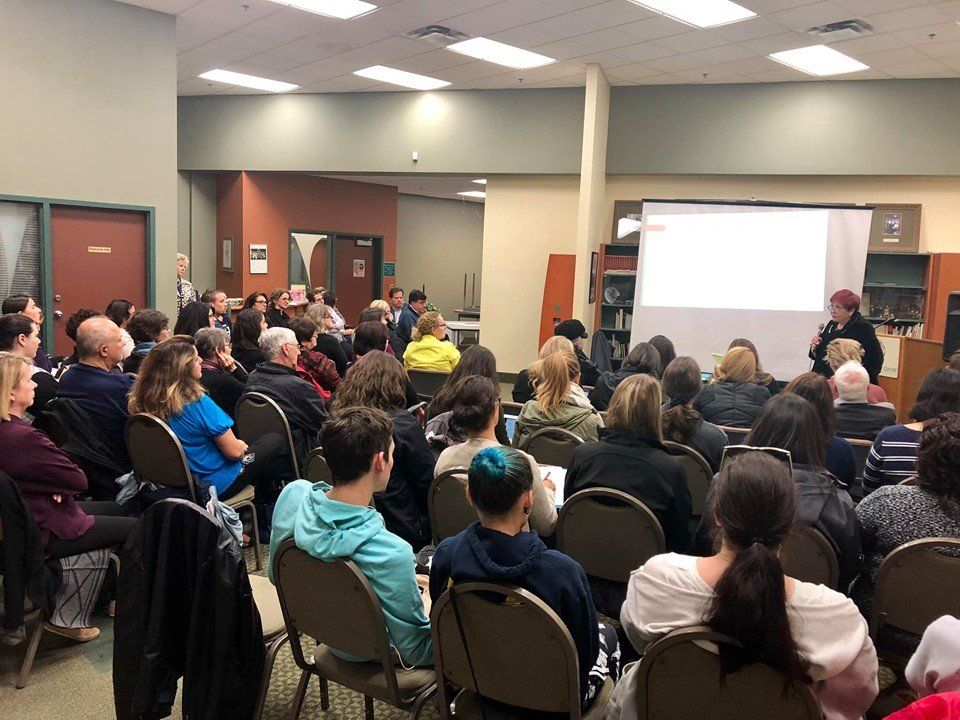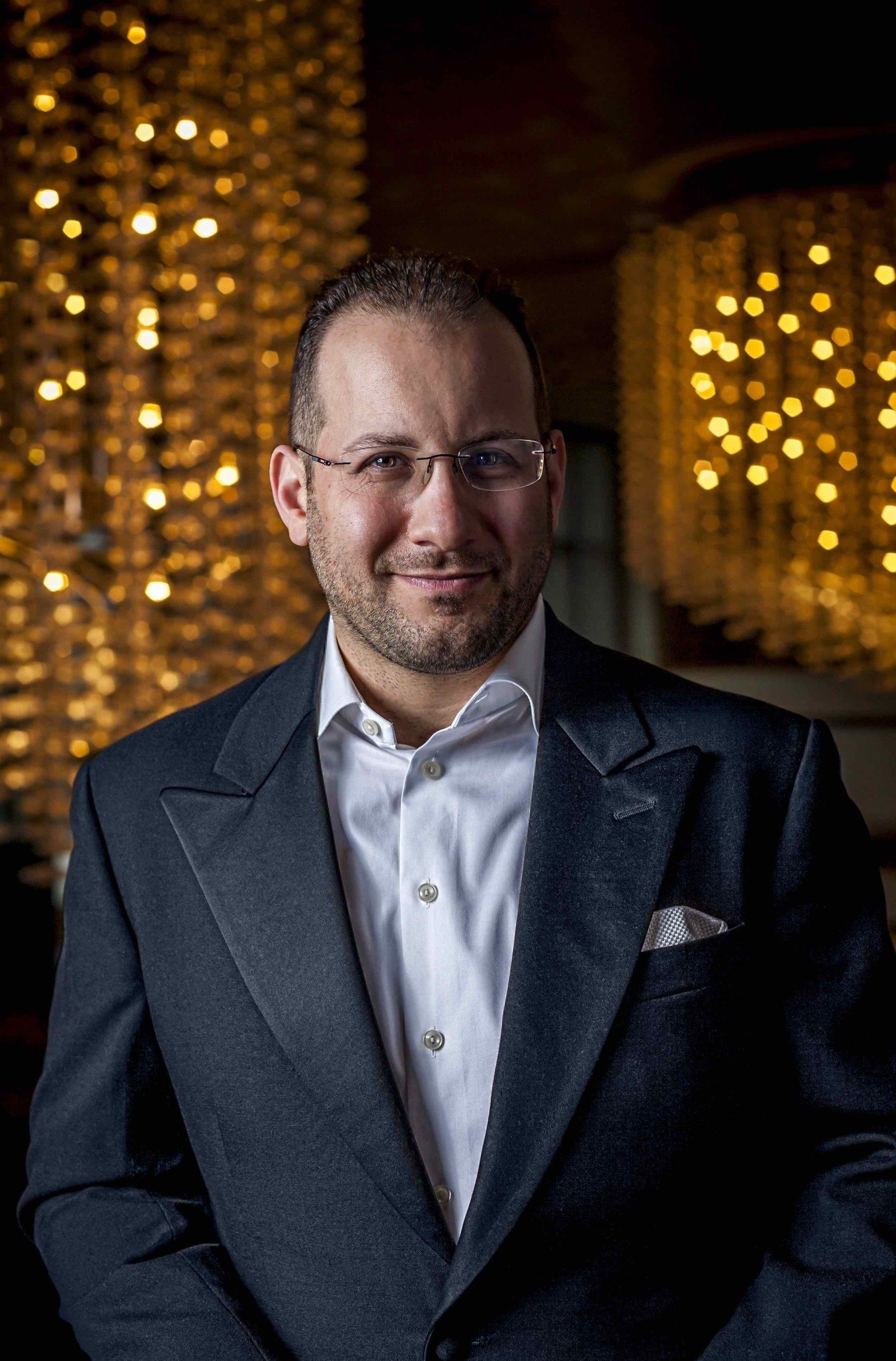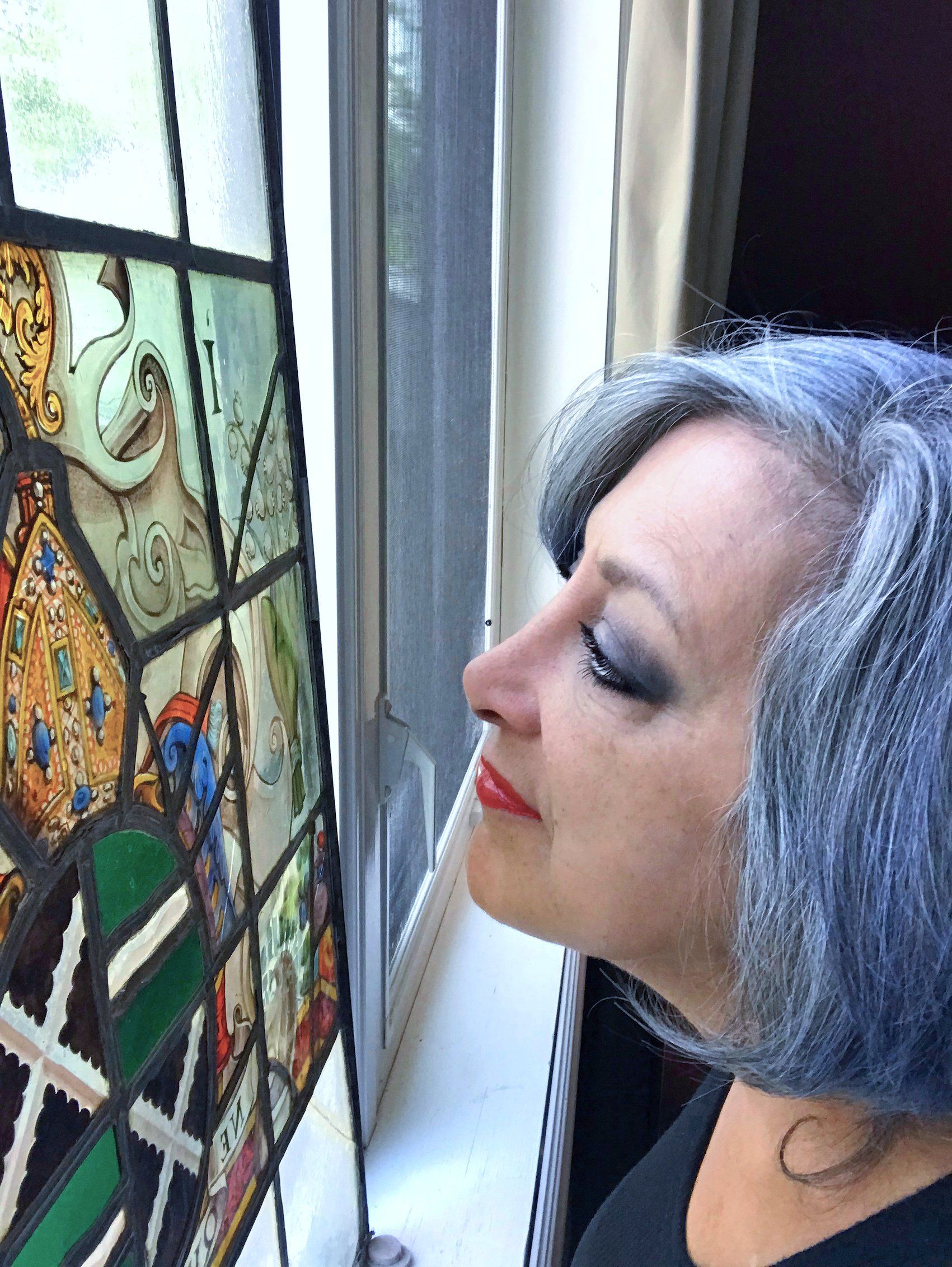Il Foro - Lecture Series
Vision for Perception and Action: From Patients to Robots
by Dr. Jonathan Marotta
April 24, 7pm
If we are to successfully interact with the world around us, our visual system must do two important things: recognize objects and assist in the programming and control of actions directed at those objects. By investigating neuropsychological patients who have difficulty perceiving the world and interacting within it, my research strives to not only provide a better understanding of visual perception and the visual control of action but also provide information engineers need to develop more efficient control systems for robotic applications in the realm of personal assistance for the aging and disabled.
Bio:
Dr. Marotta is a Professor of Psychology at the University of Manitoba. His Perception and Action Lab provides an excellent context for the integration of multiple cognitive neuroscience approaches – visuomotor control, perception, neuropsychology and neuroimaging. His trainees develop in-demand expertise with 3D-visuomotor paradigms utilizing sophisticated motion tracking systems, and perceptual and neuroimaging design and analysis.
The Speakers Forum at the Centro (Il Foro al Centro) is a long-running lecture series which offers engaging, high-quality presentations with broad public appeal. Join us to be inspired, informed, and entertained, in the cultural setting of the Centro.
This free lecture series will be held in our Library. Il Foro is organized and hosted by Christopher Bidinosti, a Physics Professor, of the University of Winnipeg, along with Mariella Di Santo, Dino Petrelli and Trudy Blight.
The lectures will feature topics that are interesting, timely, and relevant to society at large.
JAN. 23 at 7 pm - Dr. Jino Distasio, University of Winnipeg Professor - Geography
- Boccaccio on the Florentine Plague of 1348
About Dr. Anne-Laurence Caudano
Dr. Anne-Laurence Caudano is an Associate Professor in the Department of History at the University of Winnipeg, where she teaches medieval history.
Her research interests include Byzantine astronomy and cosmology, the medieval Slavic world, as well as medieval sciences and medicine, particularly the place of religion in medieval culture and mentalities, the conflictual and collaborative relationships between medieval cultures during the Crusades, as well as the development of scholarship and science at that time.
About Dr. Claire Labrecque
Dr. Claire Labrecque is an Associate Professor with the Department of History at the University of Winnipeg and Coordinator of the Art History Program (undergraduate). She has a PhD in History with a specialization in the history of Late-Medieval and Renaissance art & architecture. Her current main research focus is on the art and architecture of pilgrimage in Europe between c. 1300 and 1500, and particularly the study of stained glass from 1200 to 1800 in Canadian collections that benefits of her expertise as a member of the International Scientific Committee of the Corpus Vitrearum (Canada). She is the co-writer, with Prof. J. Bugslag from the University of Manitoba, of the second volume of a series on pre-modern stained glass in Canada (Vol.2: Quebec) that should be published in 2021.



